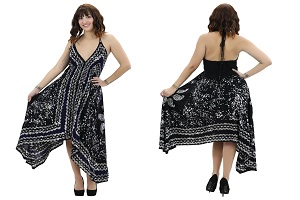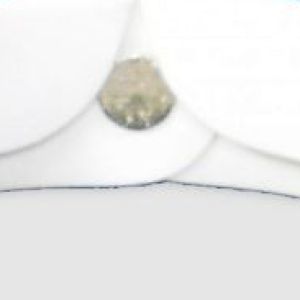A Quick Introduction to Batik ClothingPosted by johnhrq on February 8th, 2021 Anyone who has ever seen the characteristic appearance of Batik clothing may have wondered what it was and how it was created, even if he or she was unfamiliar with its name and origins. Batik fabric, from which the clothing is produced, is almost immediately recognizable by the sharply lined patterns, spots and dots of the clothing, as well as the interplay of the colors that are often bright and contrasting.
In the event that you have seen clothing following these patterning conventions, there is a good chance you were looking at a piece of batik clothing, which is a popular traditional form of dress that has been produced in Indonesia for hundreds of years and adapted in India as a popular technique. The process itself, that is used to create the patterns and dye the fabric, is believed to be well over a thousand years old. Batik fabric is created from natural materials like cotton, rayon, and even silk. These materials need to be absorbent and free of impurities so that they can receive the waxes and dyes used in the process of creating the intricate patterns associated with the art. The raw fabrics are typically boiled to remove impurities like minerals that would interfere with the process. Occasionally the fabric is stretched or beaten to make it more malleable and workable. After the fabric has been prepared, artisans apply wax to it in preparation for dyeing. Typically, makers of batik use beeswax or paraffin wax as these compounds are water-repellent and can be melted to readily adhere to the fibers of the fabric. They are both durable and flexible when warm (or liquid) making them ideal for working into and onto the surface of the cloth. The application of the wax can be performed with a variety of tools, but most of the time, the wax is either poured from a specialized container known as a canting or stamping the material with a device known as a cap. With the wax in place on the fabric, dye can be applied to the cloth. Since the wax resists the water-based dye, only the portion of the fabric that has not been treated with wax will accept the dye. Once the dye has set, the wax can be removed from the fabric using boiling water. At that point, wax can be applied to different parts of the fabric to make intricate, multicolored patterns and designs. The process, from start to finish, is performed by hand. It is this wax-resist technique that gives artisans the ability to produce such intricately patterned and boldly colored garments such as batik dresses and batik shirts. These garments have gained international repute and are popular around the world for their beautiful inherent nature as well as for their cultural significance. To that end, if you’re looking for beautiful, original batik clothing produced using traditional methods by skilled artisans that have devoted their lives to the craft, look no further than www.aashopusa.com. Advance Apparels is a family-owned business specializing in unique, sustainably produced fashion, including but not limited to the Batik fabrics mentioned in this article. To learn more about how they do what they do, or to pick up a beautiful new batik dress for yourself or that special someone, visit their website or call them at 212-481-7246 today! For more information about African Palazzo Pants and Tie Dye Umbrella Dress Please visit : Advance Apparels INC. Like it? Share it!More by this author |



